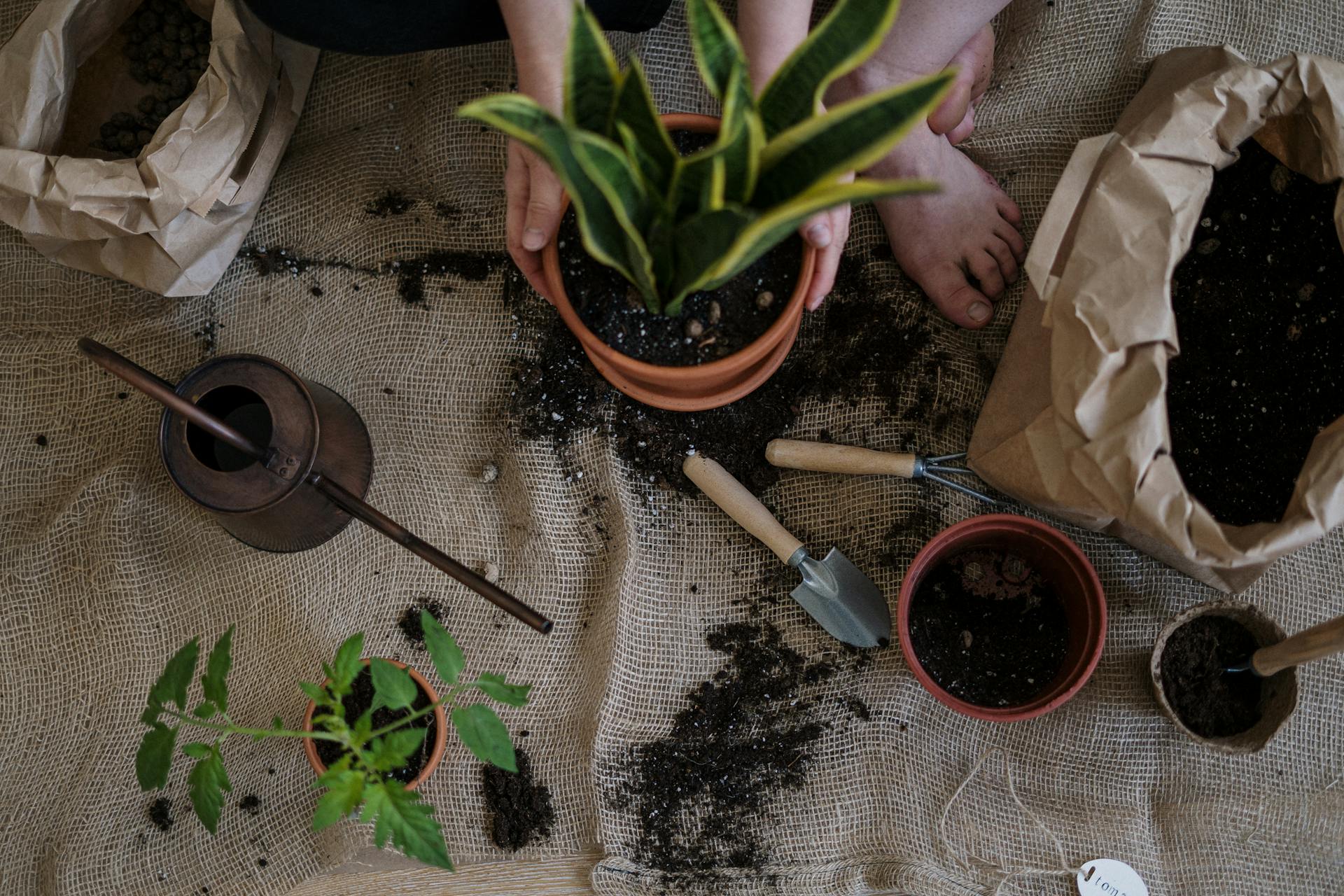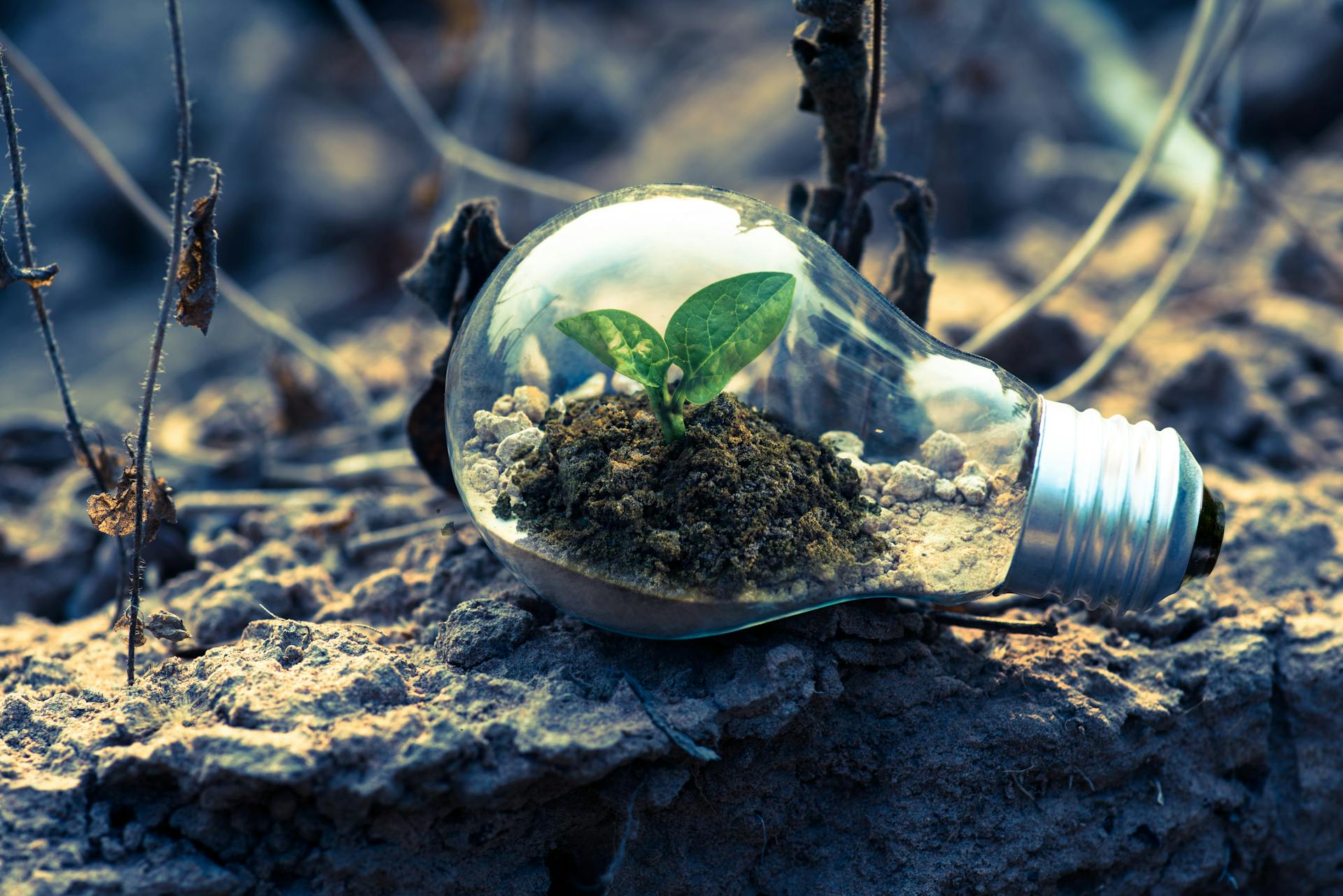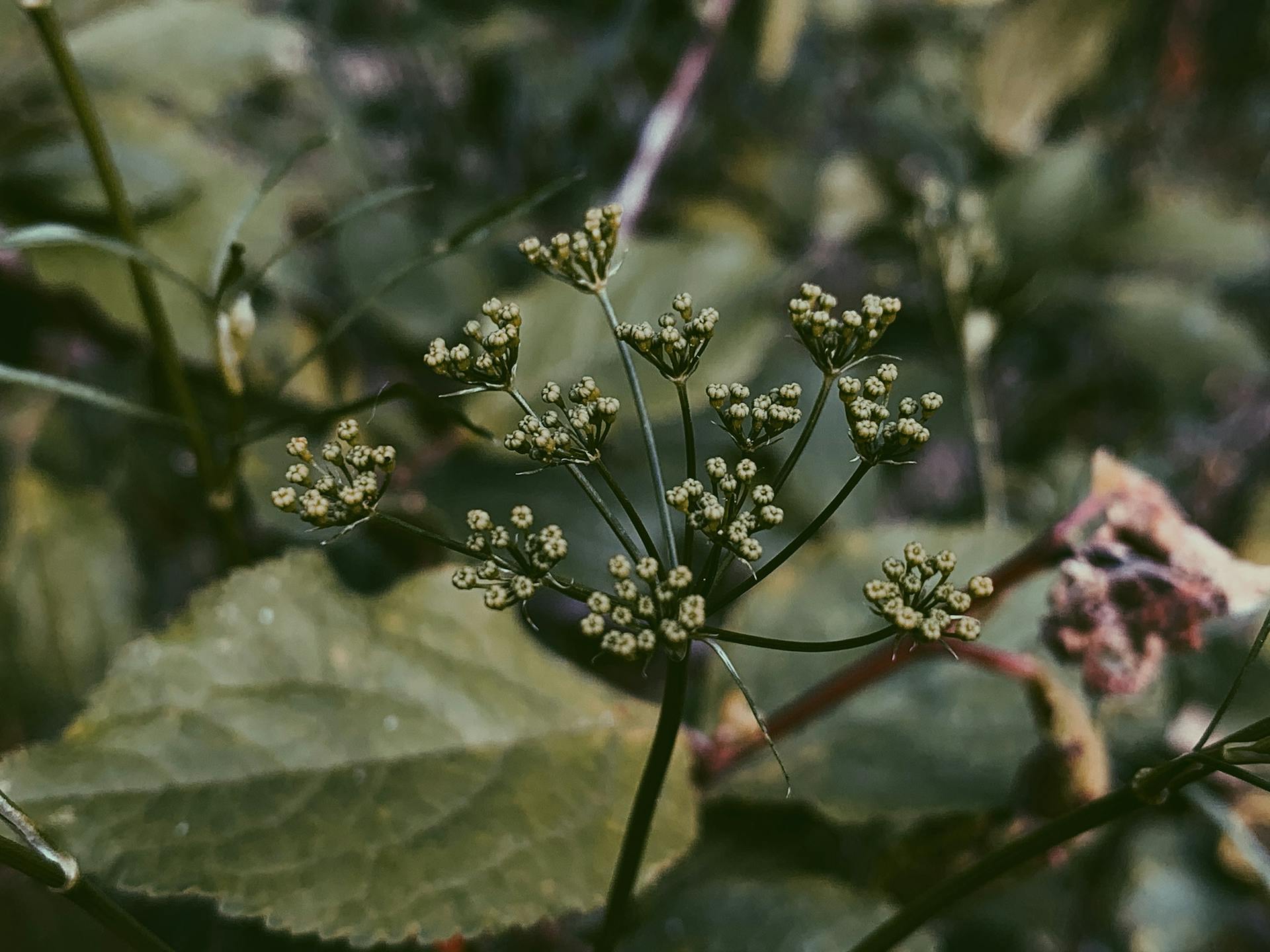
Mold on houseplant soil is a common problem that can be alarming for indoor gardeners. The presence of mold not only looks unsightly, but it can also indicate a variety of issues with your plant and its environment. Mold is a type of fungus that grows in damp and dark conditions, making it a perfect candidate to thrive in the moist soil of indoor plants.
If left untreated, mold can spread quickly and harm the health of your plant. It's important to understand why mold is forming on your houseplant soil and how to prevent it from reoccurring. In this article, we will explore the causes of mold growth, how to identify it, and what measures you can take to remove it from your indoor garden. Keep reading to find out if your indoor garden is in danger and learn how you can keep your plants healthy and thriving.
Discover Mold on Soil: Tips to Identify It
If you're a plant lover, you know that keeping your plants healthy and happy is a top priority. But what do you do when you notice fuzzy or slimy growth on your soil? This substance commonly lurks in humid environments and can be harmful to your plants if left untreated. Josh Brown, owner of predatory plants, recommends treating moldy soil as soon as you notice it. If your soil is showing signs of mold, look for pink or white growth or light orange spots that can indicate the presence of mold.
Stop Soil from Growing Mold: Simple Tips for Prevention
Mold growth on houseplant soil can cause damages to the plants and pose health risks to humans. To prevent mold growth, it is important to observe the soil frequently. When mold appears, it is necessary to remove the lifeless parts of the plant, clean the dirt, and disinfected soil before replanting. Use commercial potting soil with good drainage properties to avoid overwatering that could lead to moist conditions ideal for mold growth.
Another way to prevent mold growth is by ensuring proper ventilation, sunlight or artificial light for plants' growth. Plants need enough air circulation and sunlight exposure for their healthy development. Repelling molds can also be achieved by cleaning leaves frequently, removing dead leaves or branches that can harbor moisture and promote mold growth.
To ensure airflow around the plant's root system, you can use a fan or open windows in the room where your plants are located. Artificial light sources should also be placed in an area that allows for air circulation around your plants. By following these simple tips, you can stop soil from growing mold and keep your houseplants healthy and thriving!
Discover the Hidden Dangers of Mold in Your Soil
Short answer: mold on houseplant soil can be dangerous if left untreated. There are various mold types that can grow in plant soil, including Aspergillus and Penicillium, which are known to cause respiratory issues and allergies. If you notice any signs of grown mold fungi on your plant soil, it's important to act fast and remove the affected soil to prevent health issues from occurring. Don't let mold go unnoticed until it's too late – keep an eye out for early warning signs and take action immediately!
See what others are reading: How to Plant Daffodil Bulbs
Understanding Soil Mold: What You Need to Know
When it comes to houseplant soil, there is always a possibility of mold growing. Soil means mold fungus growing in a confined area, which can give the soil a white woolly or snowdrifts appearance. If left unnoticed, the spores spread and grow into different mold types that can be harmful to humans and pets. This raises concerns for plant owners who want to ensure their plants remain healthy.
Mold grows in soil because of the nutrients needed to grow fungi. Fungi are essential for soil health as they break down organic matter and recycle nutrients back into the soil. However, when conditions are favorable for mold growth such as high humidity levels, poor ventilation, and overwatering, mold can become pathogenic and harm the plants. Early www detection is key to prevent further damage.
To prevent mold growth on houseplant soil, it's important to provide proper plant care by not overwatering and maintaining good air circulation around the plants. If mold does appear, remove the affected soil and treat it with an organic fungicide. By understanding how soil molds grow and thrive in certain environments, plant owners can take steps towards ensuring their houseplants stay healthy and free from harmful pathogens.
Discover the Root of Mold Growth in Houseplant Soil

Mold growth on houseplant soil is a common problem faced by individuals who indulge in gardening indoors. Fungal diseases thrive in moist, dark, and stuffy environments, which makes houseplant soil an ideal breeding ground for mold. However, mold growth can be prevented by avoiding over-watering plants and ensuring proper air circulation around them.
On a similar theme: Houseplant Leaves Turning Yellow
1. Decomposing Leaves on Surface
Dead leaves are a common sight around houseplants, but they can be more than just unsightly. Encouraging the decomposition of these plant matter can feed fungal infections and encourage mold growth in your soil. To avoid this, it's important to regularly remove dead pieces from the surface of your soil.
One effective way to reduce yard waste and prevent mold growth is to use fallen leaves as a base for your plants. This layer of decomposing leaves can provide nutrients for your soil while also helping to regulate moisture levels. However, it's important to make sure you don't let these leaves accumulate too much, as this can also lead to mold growth. By regularly removing dead pieces and keeping a watchful eye on your plant's environment, you can help promote healthy growth and avoid problems with mold and other fungal infections.
Eliminate Moldy Soil: A Step-by-Step Guide

If you're noticing mold on your houseplant soil, don't panic. It's a common problem that can be easily solved with a few steps. First, start by scraping off any mats or visible mold from the soil surface. Next, replace the soil with fresh potting mix and make sure to improve the soil drainage by adding peat moss, vermiculite or wool pellets if your plants are in poorly drained areas.
Many gardeners choose to use liquid fungicide to get rid of mold on houseplant soil, but this can be harmful to fragile plants like butterworts. Instead, try a small test area first and use brown copper-based fungicides only as a last resort, as they are extremely toxic. By following these simple steps, you can eliminate moldy soil and keep your houseplants healthy and thriving for years to come!
Effective Strategies to Halt Future Mold Growth
To stop mold from growing on your houseplant soil, you need to take a few measures. Firstly, check the care instructions that came with your plant or look for plant tags as they provide guidance on how to take care of your plant. Secondly, avoid using pots without drainage holes or decorative pots as they may trap water and create a moist environment for mold growth. Instead, add landscape rocks beneath the potting soil for better air circulation and drill holes or use ceramic pieces to allow excess water to drain.
Make sure that you stick to a rigid schedule when watering your plants, especially if you are forgetful. Hydrospikes can help regulate moisture levels in the soil and prevent over-watering. Also, try placing your plants in areas with good air circulation such as open windows or tight spaces that aren't forgotten corners. Finally, fake plants are an option for those who don't have time for natural ones but want greenery in their homes.
In conclusion, preventing mold growth on houseplant soil is easy if you follow some basic care instructions and DIY skills techniques. You can find more tips on gear apparel or industry news sites like Pro Tips or Garage WorkshopMore Items. Additionally, there are numerous products available in the market like power equipment or utility trailers that can help you maintain a clean environment around your home. Don't forget about pest controlmore items as stinging pests can also be harmful to both humans and plants alike. Lastly, stay up-to-date with technology innovationmore items for home security and smart home solutions by subscribing to magazines like DIY University or following usmore items on social media platforms such as Facebook and Twitter!
Consider reading: Home Mulch Guide
Frequently Asked Questions
How to treat household mold and mildew naturally?
To treat household mold and mildew naturally, use vinegar, tea tree oil, or hydrogen peroxide to kill the spores. Then, scrub affected areas with a brush and wipe clean. Increase ventilation and reduce moisture to prevent future growth.
How to get rid of mold in houseplant soil?
To get rid of mold in houseplant soil, remove any visible mold and its surrounding soil, then replace with fresh soil. Allow the topsoil to dry between waterings and ensure the plant has proper drainage to prevent future mold growth.
Can you save a houseplant with waterlogged soil?
Yes, you can save a houseplant with waterlogged soil by repotting it in well-draining soil, cutting back any damaged roots, and adjusting its watering schedule to prevent overwatering.
What happens if your indoor soil is too wet?
If your indoor soil is too wet, it can lead to root rot and the death of your plants. It is important to ensure proper drainage and avoid overwatering.
Is mold on soil bad for plants?
Yes, mold on soil can be bad for plants as it can cause root rot and other fungal diseases. It's important to remove any affected soil and improve drainage to prevent further growth.
Featured Images: pexels.com


